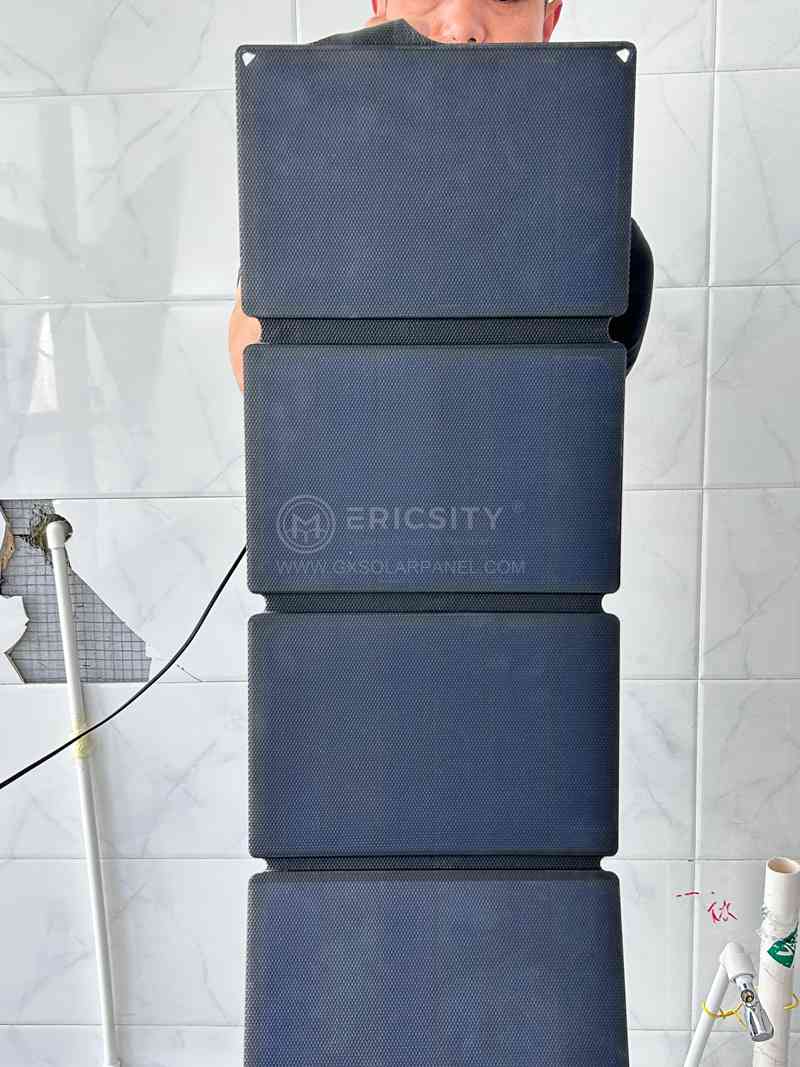HOT PRODUCT
Product Details
Semi Flex Vs. Rigid Panels: Which Is The Right Choice For You?
Title: Semi Flex Vs. Rigid Panels: Which Is The Right Choice For You?
Introduction:
When it comes to solar panel technologies, one key consideration is whether to opt for semi flexible (also known as flexible) or rigid panels. Both options have their distinct advantages and disadvantages, making it crucial to understand their characteristics and evaluate which choice suits your specific needs. In this article, we will explore the differences between semi flex and rigid panels, discussing their design, installation, applications, and suitability in various scenarios.
Design and Construction:
Semi flex panels are manufactured using lightweight materials like polymers, enabling them to bend and flex to a certain degree. They are typically thin, lightweight, and lack a rigid frame. On the other hand, rigid panels are made from a combination of solar cells, a tempered glass front cover, and an aluminum frame, providing a sturdier structure.


Installation:
Rigid panels are installed using mounting systems that generally require them to be fixed to a roof, ground, or a structure. They are more commonly used in residential and commercial settings, where a fixed installation is feasible. Conversely, semi flex panels are more versatile and can be installed on curved surfaces, such as boats, RVs, and irregularly-shaped roofs. Their flexibility allows them to fit onto surfaces that are not ideal for rigid panels.

Durability:
While rigid panels offer higher durability due to their strong aluminum frames and tempered glass coverings, semi flex panels tend to be more resistant to damage caused by external factors like impact or vibration. However, they are more susceptible to damage from sharp objects, extreme temperatures, and long-term exposure to UV rays. Therefore, the choice between durability and flexibility depends on the intended application and environmental conditions.
Efficiency and Performance:
Both semi flex and rigid panels contain silicon-based solar cells. While rigid panels generally have higher efficiency rates due to their larger surface area, advancements in semi flex technology have improved their efficiency. However, since semi flex panels are typically used in applications with limited space, the overall energy output may be slightly lower compared to rigid panels. Evaluating the available space and power requirements is crucial to determine which option is the most suitable for your energy needs.

Cost:
The cost of solar panels is dependent on various factors such as size, quality, and brand. Generally, semi flex panels tend to be more expensive per watt due to their specialized design and flexibility. Rigidity panels, on the other hand, are more commonly manufactured and have a larger market presence, making them more affordable. Consider your budget and long-term energy savings when making a decision based on cost.
Applications:
Rigid panels are commonly used in residential, commercial, and utility-scale solar installations, where the available space is ample and fixed installations are preferred. Semi flex panels find their application in marine, automotive, and off-grid installations, where space and surface irregularities pose unique challenges.
Conclusion:
In the ongoing quest for renewable energy sources, choosing the right solar panel technology is essential. Semi flex panels offer flexibility and versatility, making them ideal for unconventional applications, while rigid panels provide durability and higher efficiency rates, best suited for fixed installations. By considering factors like installation space, budget, durability requirements, and energy output, you can make an informed decision and select the most appropriate solar panel solution to meet your specific needs.




